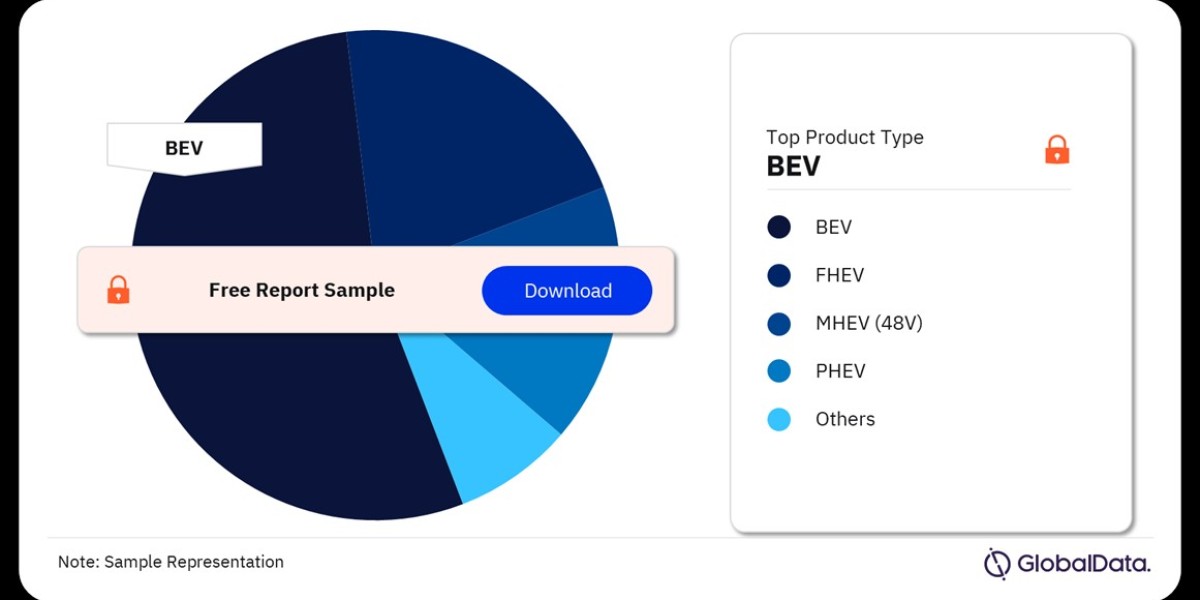As the world transitions towards a more sustainable future, EVs are emerging as a viable and attractive alternative to traditional gasoline-powered vehicles. This article explores the key trends, challenges, and opportunities shaping the global EV market.
Key Trends in the EV Market
- Government Incentives: Governments worldwide are offering incentives, such as tax credits, subsidies, and preferential parking, to encourage the adoption of EVs.
- Battery Technology Advancements: Improvements in battery technology, including increased range, faster charging times, and reduced costs, have made EVs more appealing to consumers.
- Charging Infrastructure Development: The expansion of charging infrastructure, including public charging stations and home charging solutions, has addressed concerns about range anxiety.
- Environmental Awareness: Growing public awareness of climate change and the need for sustainable transportation has driven demand for EVs.
- Technological Advancements: Advances in electric vehicle design, performance, and features have made EVs more competitive with traditional gasoline-powered vehicles.
Challenges Facing the EV Market
- Infrastructure Limitations: The availability of charging infrastructure, particularly in rural areas and long-distance travel routes, remains a challenge.
- Higher Purchase Prices: EVs often have higher upfront costs compared to gasoline-powered vehicles, which can deter some consumers.
- Range Anxiety: Concerns about the range of EVs, particularly for long-distance travel, can influence consumer purchasing decisions.
- Battery Recycling: Developing efficient and sustainable methods for recycling EV batteries is crucial for addressing environmental concerns.
- Grid Capacity: The increasing number of EVs can strain the existing electrical grid, requiring investments in infrastructure upgrades.
Opportunities for Growth in the EV Market
- Emerging Markets: Developing countries with growing economies and increasing urbanization represent significant growth opportunities for the EV market.
- Commercial Vehicle Adoption: The adoption of EVs in commercial fleets, such as delivery trucks, buses, and taxis, can contribute to reducing emissions and improving air quality.
- Technological Advancements: Continued advancements in battery technology, charging infrastructure, and autonomous driving will enhance the appeal of EVs.
- Government Support: Governments can play a crucial role in driving EV adoption through policy measures, incentives, and infrastructure investments.
- Consumer Awareness: Raising awareness about the benefits of EVs, including environmental advantages, cost savings, and performance improvements, can encourage consumer adoption.
Key Regions and Players in the EV Market
- China: China has emerged as a global leader in the EV market, with a significant number of EV manufacturers and government support for the industry.
- Europe: European countries have been at the forefront of EV adoption, with strong government incentives and a focus on sustainability.
- United States: The US EV market is rapidly growing, driven by factors such as increasing consumer awareness and advancements in technology.
- Major EV Manufacturers: Tesla, Volkswagen, Nissan, General Motors, and BYD are among the leading global EV manufacturers.
Future Trends in the EV Market
- Autonomous Vehicles: The integration of autonomous driving technology with EVs has the potential to revolutionize transportation and enhance safety.
- Solid-State Batteries: Advances in solid-state battery technology could lead to increased range, faster charging times, and reduced costs for EVs.
- Shared Mobility: The sharing economy is expected to play a significant role in the EV market, with services like ride-sharing and car-sharing becoming more popular.
- Energy Storage: EVs can be used as energy storage systems, contributing to grid stability and reducing reliance on fossil fuels.
Conclusion
The electric vehicle market is undergoing a period of rapid growth and transformation. As technology advances, costs decrease, and infrastructure improves, EVs are becoming increasingly attractive to consumers. The transition to electric vehicles is a crucial step towards a more sustainable and cleaner future. By addressing the challenges and capitalizing on the opportunities presented by the EV market, governments, businesses, and consumers can contribute to a successful and sustainable transition.








